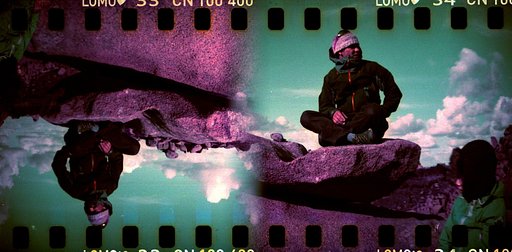Self-Developing B&W Films at Home
2 8 Share TweetDo you want to try self-developing your black and white films right at the comfort of your home? Let me show you how with a step-by-step tutorial.
“Wow!” was the first word that came out from my mouth after successfully self-developing black and white film for the first time. It’s a great feeling though. So here, I’m sharing with everyone my technique whenever I develop my black and white films.
You will need:
1. Developer – Ilford Ilfosol 3
2. Fixer – Ilford Rapid Fxer
3. Scissors
4. Bottle Opener
5. Changing bag
6. Measuring cup
7. Thermometer
8. Darkroom kit
9. Film
10. Timer
11. Hanger
12. Tongs
Here’s how it’s done:
1. Ready your developer (Ilfosol 3) and fixer (Rapid Fixer).
2. Mix the developer (1:4) for Ilfosol 3 + water (60ml + 240ml)
3. Mix the rapid fixer (1:4) for Rapid Fixer + water (60ml +240ml)
4. Store both mixtures in a cold place such as the refrigerator. Temperature range should be around 20-22 degrees. But for black and white film, there’s an exception for the temperature, and not strictly exact 20-22 degrees.
5. Take out your negative from film canister inside the changing bag (use bottle opener). Also, take the developing bottle inside the changing bag. If you don’t have a changing bag, make sure you do this step in a dark room that is completely sealed from light.
6. Before putting in the reel, cut the negative leader, then roll it up to the end of the negative.
7. Seal the developing bottle tightly.
8. After that, check the chemicals’ temperature, if everything ready, start the developing process.
9. Pour the developer quickly inside the developing bottle. Start the timer and keep agitating every 10 seconds for 12 minutes (basic Ilford developing process).
10. At 15 seconds before 12 minutes, pour out the developer chemical quickly.
11. Start pouring the fixer and agitate every 30 seconds for 3 minutes.
12. Finish agitating the fixer, and store back the chemical because you can reuse it. Store in a safe place because its poisonous.
13. Start cleaning the negative using running water. Fill the developing bottle and agitate for 5 times. After that, pour out the water and fill it again with water. Agitate for 10 times. Then, refill again with water and agitate for 20 times.
14. If you’re lazy to agitate, just use running water for 5-10 minutes.
15. Now that all processes are finished, you can open the developing bottle and take out the negative.
16. Dry it using a dryer or can use your hand. Just gently dry it.
17. You’re done!
geschrieben von haunt2 am 2012-04-13 in #Ausrüstung #Anleitungen #film #tips #tutorial #cross #tipster #trick #process #development #lomography #film-processing #peti #fed-2 #sejuk #self-developing




















2 Kommentare